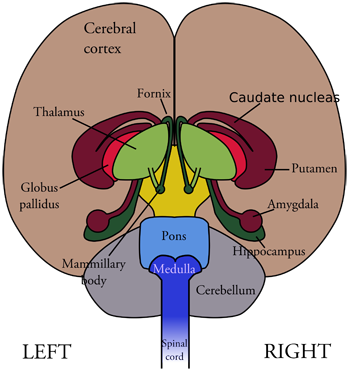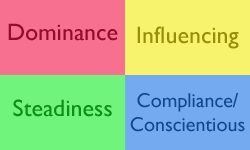Social media has insinuated itself into the modern marketing landscape in numerous ways, and as a consequence has changed the nature of the methods in which business is now conducted. The repercussions for brands has been monumental as a result, and future implications promise to be even more significant. Evolving networks technologies and associated changes in human behavior in their infrastructural interactions are prompting novel paradigms in commerce, having currently achieved social media marketing as an accepted mainstream strategic approach to promotion and communications. Advances continue to develop, and the times ahead will see even more revolutionary transformations in the art and science of digital marketing. Three areas in which brands will be prospectively impacted by social media are brand engagement, viral messaging, and influence

Brand engagement has and will continue to alter the topography of modern business. What was once a one-way mass communications broadcast has now become a two-way interpersonal conversation between the brand and its consumers. User generated content (UGC) offers value to firms by virtue of data rich in insight indicative of customer desires and satisfaction, which may lead to innovation in products and services. Even negative feedback can be beneficial when managed effectively, giving rise to marketplace offering improvements as well as operational procedure enhancements. Based on technological improvements, the human behavioral alterations are implications of brand engagement are facilitations made possible by social media.
Viral messaging is a tremendous boon, one also born of tech advancement and social change. Word-of-mouth (WOM) UGC is invaluable to brands, secondary to consumer tendencies to place greater trust in P2P referrals over those recommendations made by the brand itself. Having a firm’s integrated marketing communications shared widely by users across varied social media channels is a treasured concept, since it is both highly efficacious and at the same time without monetary cost for the firm to sustain. Historically, viral messaging has been difficult to effect since communications capabilities were limited in scope. The speed with which transmissions can be purposed is constantly on the rise, and the ease with which to achieve diffusion is increasingly simpler. Mobile technologies are much more the rule than the exception today, and this tenet persists in being emergent. The universalization of smartphone use is no doubt an enabler in the future of viral messaging.
Influence is quickly becoming viewed as a necessary marketing tactic in social media strategic approaches. Authority and expertise are increasingly perceived as forceful, and celebrity endorsement has long been proven instrumental in persuasive promotional accomplishments. The rise of influencer marketing is gaining ground quickly, both in B2C and B2B enterprises, doubtless because of the overwhelming abundance of information provided by Internet technology. Such a glut of data makes it difficult to know precisely which selections to make, a conundrum that has been termed the “mustard paradox,” a situation in which too many choices cause confusion. Influencers simplify the process, and add the benefit of confidence and certainty by virtue of ability. The conviction of influencers will be an important addition to the process of marketing management in the future.
Implications for the future of social media marketing appear to be nested within the ongoing initiatives stemming from both technological and human behavioral consequences. Brand engagement, viral messaging, and influence emerge as three of the logical developments one might expect in impending opportunities. While brands are currently utilizing all three tactics, their potential in times yet to come seem inevitable.
Is your firm currently participating in any of these strategies? Are you finding them integral to your marketing plan? Please share your thoughts and comments below, and feel free to share this article with associates and colleagues by using the distribution widgets below. And be sure to join Grannelle again next time for more insight and opinion on social media marketing and related issues!





















